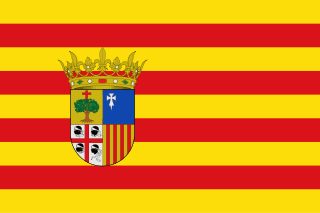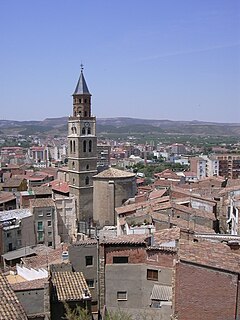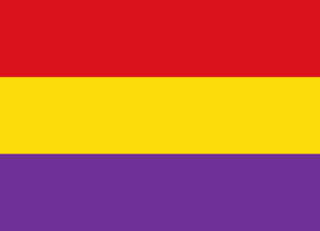| 224th Mixed Brigade 224.ª Brigada Mixta | |
|---|---|
Military flag of the Popular Army | |
| Active | 1937–1939 |
| Country | Spain |
| Branch | Spanish Republican Army |
| Type | Mixed Brigade |
| Role | Home Defence |
| Size | Four battalions: The 893, 894, 895 and 896 |
| Part of | Coastal Defence (1937) 72nd Division (1937–1938) 60th Division (1938) |
| Engagements | Spanish Civil War |
| Commanders | |
| Notable commanders | Martín Calvo Calvo Antonio Moya Gabarrón |

The 224th Mixed Brigade (Spanish : 224.ª Brigada Mixta [1] [2] ) was a mixed brigade of the Spanish Republican Army in the Spanish Civil War. It was formed in summer 1937 in Catalonia from scattered Coastal Defence units and had four battalions: the 893, 894, 895 and 896.

Spanish or Castilian, is a Western Romance language that originated in the Castile region of Spain and today has hundreds of millions of native speakers in the Americas and Spain. It is a global language and the world's second-most spoken native language, after Mandarin Chinese.

A mixed brigade was a tactical military formation of the Spanish Republican Army following the coup of July 1936 and the onset of the Spanish Civil War. It was the basic military unit of the Republican People's Army after its war-dictated 1936 reorganization.

The Spanish Republican Army was the main branch of the Armed Forces of the Second Spanish Republic between 1931 and 1939.
Contents
In early March 1938 this mixed brigade was sent to combat in Aragon without adequate equipment and training. Within a short time its battalions were decimated in such a manner that only a few demoralized men remained and the brigade was disbanded.[ citation needed ]

Aragon is an autonomous community in Spain, coextensive with the medieval Kingdom of Aragon. Located in northeastern Spain, the Aragonese autonomous community comprises three provinces : Huesca, Zaragoza, and Teruel. Its capital is Zaragoza. The current Statute of Autonomy declares Aragon a historic nationality of Spain.
The number of this unit was assigned then to a new brigade established a month later, on 19 April 1938. This new mixed brigade also suffered many losses and only a few of its men survived and were able to cross the French border while fleeing from the advancing rebel armies. [1]

The Nationalist faction or Rebel faction was a major faction in the Spanish Civil War of 1936 to 1939. It was composed of a variety of political groups that supported the Spanish coup of July 1936 against the Second Spanish Republic, including the Falange, the CEDA, and two rival monarchist claimants: the Alfonsists and the Carlists. In 1937, all the groups were merged into the Falange. One of the main leaders of the 1936 coup, General Francisco Franco, would lead this faction throughout the war and later would become the dictator of Spain from 1939 to 1975.










